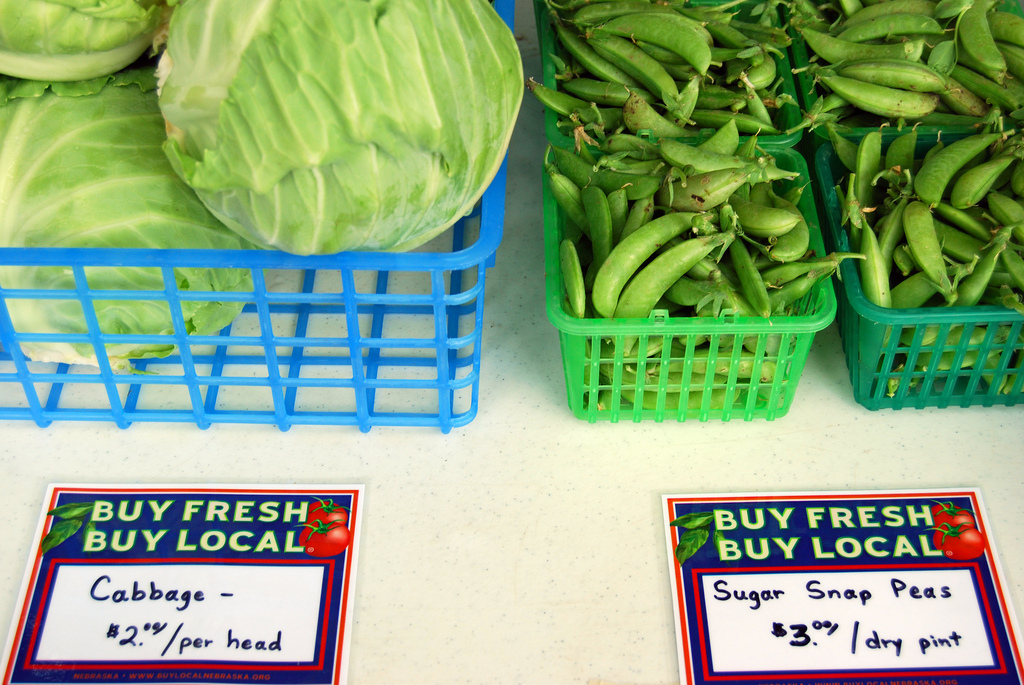In March of this year, Ontario Premier Kathleen Wynne re-introduced the Local Food Act, in which “local” is defined as the province of Ontario. This soon ran afoul of the Canadian Food Inspection Agency (CFIA) and the federal definition of local.
A couple of small business owners in Ontario could have warned her of that. These same businesses were under threat of fines from the CFIA for labeling as local food sourced from more than 50km away — this contravened the definition of local, enshrined in federal regulations since 1974.
Fast forward to May 10 and the CFIA announces that it will be modernizing its food labeling approach, including the definition of local, “with input from consumers, industry and other stakeholders.”
While most would agree that 50km is overly restrictive, there are serious challenges to codifying a term such as “local” for a country as large as Canada.
Twenty years ago, “putting a farmer’s face” on foodstuffs was an innovative way to re-humanize and shorten the food supply chain for a generation of North Americans bereft of any direct link to a farm. More recently we came to know the faces of some of the fishers who supply our seafood.
The term “local” has become synonymous with short supply chains, sustainable production and fresh healthy food.
That many of us are considering the provenance of our food is a great thing. It has been a short step to including in our considerations how the crop was grown, the livestock raised, the seafood harvested, the impact on the environment across the lifecycle of the foodstuff and the conditions of those who handled that food, be they workers in a field, an abattoir or grocery outlet.
And many have understood that giving preference to local producers and suppliers has multiple benefits that also stay local: economic, social, cultural and environmental.
However, distance is often necessary, even for small and ecological producers in 21st century Canada, no less than for many remote communities to sustain themselves. In B.C.’s Similkameen valley, organic orchards thrive in that particular combination of heat units, soil conditions and water availability.
Tree fruit from the sparsely populated valley are shipped across B.C. and the country. Nova Scotia’s sustainable seafood quickly saturates the local market and must seek distant options out of province in order to maintain the livelihoods of the fishers.
When we think local and are embedded in a place, we are more inclined to assume and share the responsibilities that come with supporting vibrant communities and ecosystems. Sustainable and just food economies are built on respectful relationships, between people, and with the land and water that sustain us all.
However we define local, we cannot lose site of that fact.
Join Food Secure Canada in a conversation about the definition of local. This conversation will be the basis of FSC’s submission to the Canadian Food Inspection Agency’s food labeling consultation. Contact abra@foodsecurecanada.org
This article originally appeared on Food Secure Canada and is reprinted with permission.



